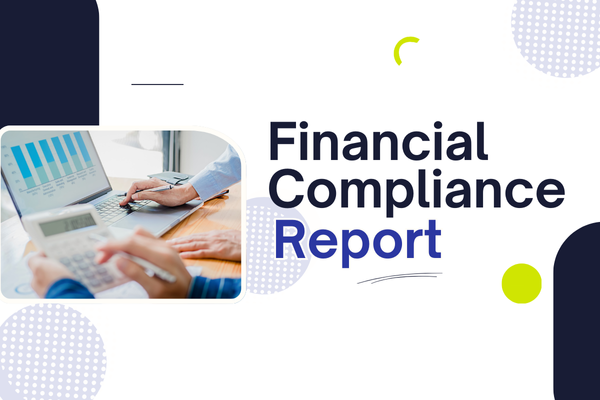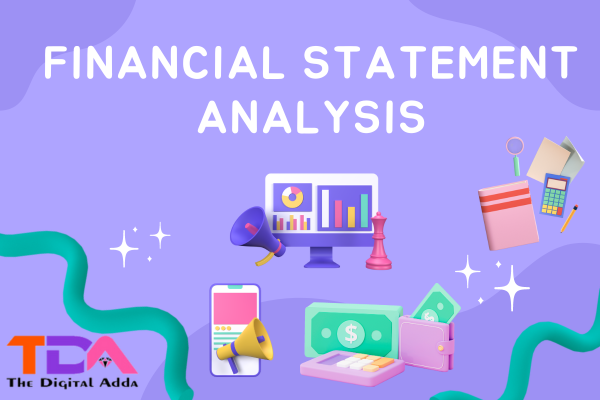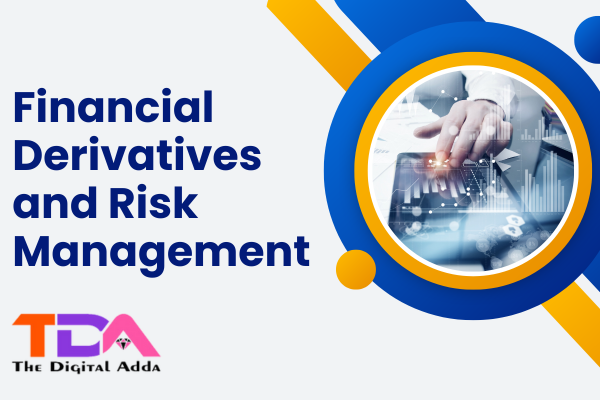Full Stack Web Development FREE Certification – The Digital Adda
Full-stack web development is a comprehensive approach to building web applications that involves working on both the front-end (client-side) and back-end (server-side) components. Full-stack developers are proficient in a range of technologies and frameworks, allowing them to handle all aspects of web application development. Here’s an overview of full-stack web development:
Front-End Development:
- HTML (HyperText Markup Language): HTML is used to create the structure and content of web pages. It defines the elements and layout of a web page.
- CSS (Cascading Style Sheets): CSS is used for styling web pages. It controls the presentation, layout, and visual design, including fonts, colors, and responsive design.
- JavaScript: JavaScript is a programming language used to add interactivity and dynamic behavior to web pages. Popular JavaScript libraries and frameworks like React, Angular, and Vue.js are often used.
- Responsive Design: Front-end developers ensure that web applications are accessible and usable on various devices and screen sizes through responsive design techniques.
- User Experience (UX) and User Interface (UI) Design: Knowledge of UX and UI principles is crucial for creating user-friendly and visually appealing interfaces.
- Front-End Frameworks: Full-stack developers often work with front-end frameworks like Bootstrap, Foundation, or Materialize to expedite development and maintain consistency.
Back-End Development:
- Server-Side Languages: Full-stack developers typically work with server-side languages like JavaScript (Node.js), Python (Django or Flask), Ruby (Ruby on Rails), Java (Spring), or PHP (Laravel).
- Database Management: Understanding database systems such as MySQL, PostgreSQL, MongoDB, or SQL Server is essential for storing and retrieving data efficiently.
- Server Configuration and Deployment: Setting up web servers, configuring server environments, and deploying applications are critical back-end tasks. Tools like Apache, Nginx, Docker, and cloud platforms like AWS, Azure, or Google Cloud are commonly used.
- APIs (Application Programming Interfaces): Full-stack developers create APIs to enable communication between the front-end and back-end of web applications. This allows data retrieval and manipulation.
- Authentication and Authorization: Implementing secure authentication and authorization mechanisms is crucial to protect user data and restrict access to specific resources.
- Performance Optimization: Back-end developers optimize the performance of web applications by implementing caching, load balancing, and database indexing, among other techniques.
- Security: Security is a top priority. Developers must protect against common web vulnerabilities like Cross-Site Scripting (XSS), Cross-Site Request Forgery (CSRF), and SQL injection.
- Testing: Full-stack developers conduct unit testing and integration testing to ensure that the application functions correctly and securely.
Version Control: Using version control systems like Git for code management, collaboration, and codebase version tracking is essential.
Development Tools: Full-stack developers use various development tools and IDEs (Integrated Development Environments) based on their language and framework preferences.
Agile and Collaboration: Full-stack developers often work in agile development environments, collaborating with front-end and back-end teams, as well as designers and project managers.
Full-stack web developers have a well-rounded skill set and can take a web application from concept to production. They bridge the gap between the user interface and the server-side logic, ensuring a seamless and functional user experience. As web development technologies continue to evolve, full-stack developers must stay up-to-date with the latest trends and tools to deliver effective solutions.











